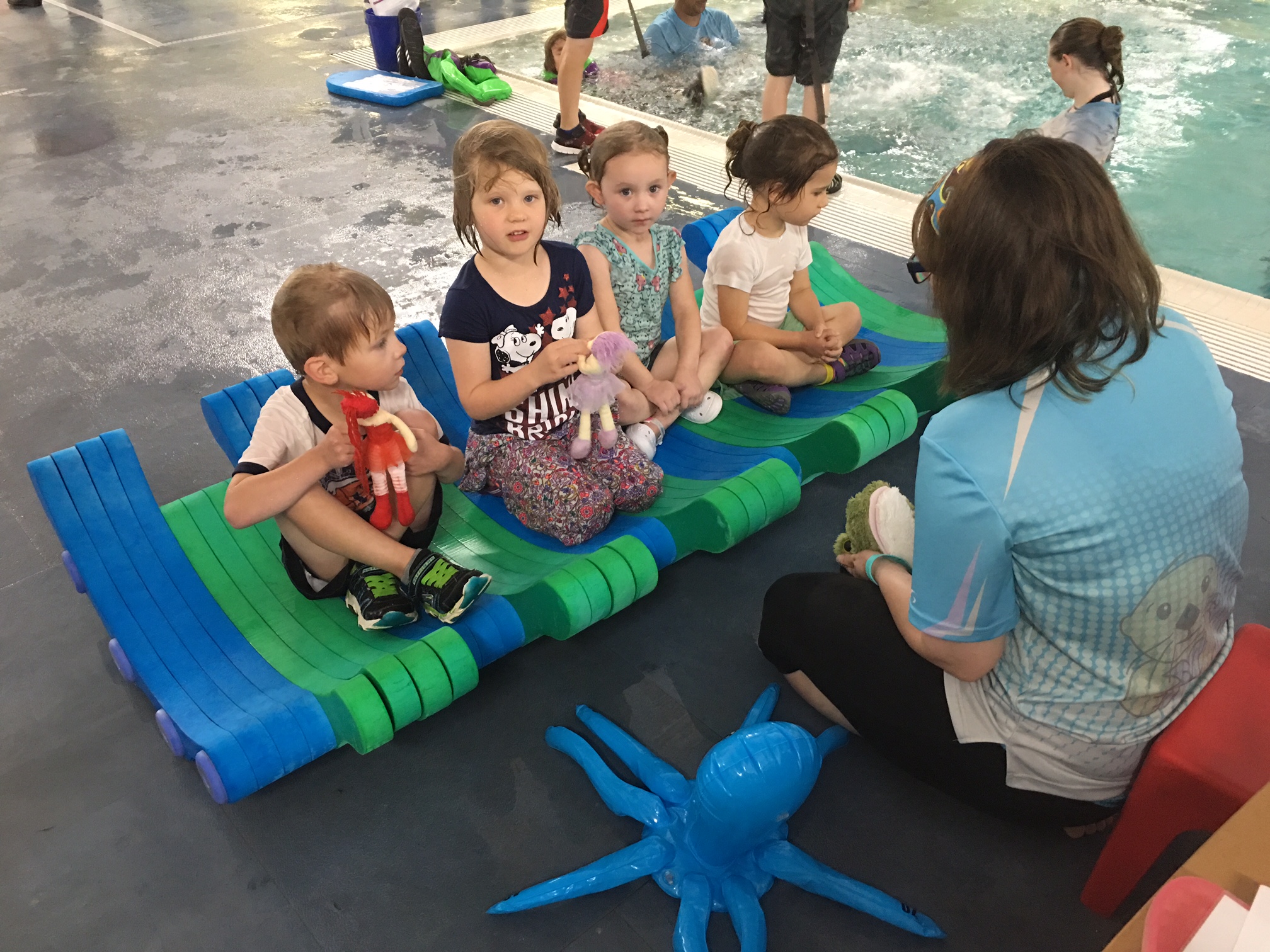
Did you know that asthma affects 1 in 11 children in the United States (according to the CDC – Center for Disease Control). [https://www.cdc.gov/asthma/impacts_nation/asthmafactsheet.pdf]
Exactly what is asthma?
Asthma is a chronic inflammation of the airways or bronchial tubes inside the lungs.
How does exercise impact asthmas?
Exercise can be problematic for children with asthma – or more specifically – how they exercise. The fact is that exercise, or any kind of strenuous activity — games of tag or school soccer matches — can affect the disease.
If a child with asthma has their symptoms under control, they can do anything that a healthy child without asthma can do. In fact, about 30 percent of Olympic athletes have asthma!
With asthma, the child’s airways are always inflamed to some degree, so exercise can lead to a more acute and serious condition known as exercise-induced asthma (EID) or exercise-induced bronchospasm (EIB).
As you exercise, you breathe more. And when you breathe more, the increased air movement evaporates some of the moisture that naturally lines the airways. This drying can cause the muscles to squeeze down and limit airflow.
Can you see why it’s challenging to keep a child with asthma active?
When you consider the issues and risks, you can see why parents of children with asthma struggle with keeping them active.
What exercise can actually help these parents out?
Swimming is a great exercise option for children with asthma – especially in an indoor pool.
The indoor pool area is always humid! This humidity is helpful in alleviating the dryness in the airways that can happen when a child with asthma exercises. And that decreases the risk of an issue arising from the physical activity.
Steam rooms are a very common and very helpful treatment for those with bronchoconstrictions. The humidity in the air lubricates their airways, relaxes them and opens up their airways.
Swimming also helps children with asthmas expand their lung capacity since the activity itself requires that you hold your breath. They develop a greater ability to control their breathing – which is also very helpful to their condition.
Is chlorine a risk?
Chlorine – which is often present in indoor pool environments – has an extremely low potential to have an impact on a child with asthma. The chemical that chlorine produces when it comes in contact with human waste can irritate eyes and the respiratory tract. The benefits far, far, far outweigh any risk of respiratory irritation for a child with asthma. This, however, should be treated case-by-case since each child’s sensitivities can vary widely.
Why should you check with your doctor before swimming?
As with any exercise with a child with asthmas there is risk of an asthma attack and preventative measures should be taken. Some doctors recommend such pre-treatment as taking a few puffs of their short-acting asthmas medication before exercising. The best course of action, when considering your child with asthmas for swimming is to speak directly with your doctor for the best course of action for your child’s situation.
Swimming surely isn’t the only activity that a child with asthma can participate in but it is one that has specific benefits. It’s a great option for any child to get out and move their bodies.
Little Otter Swim School’s team members are passionate about teaching kids to swim and be safe as they enjoy the water. We’d love to share more of the benefits of learning to swim with you. Little Otter Swim School’s provides quality swim lessons in a safe and fun environment that are taught by caring and enthusiastic teachers. Children are learning and gaining respect and love for the water.
From Little Otter, Charlotte families receive an alternative to “typical” swim lessons in year-round, small group instruction in a warm indoor swimming pool where parents can watch their children’s progress from the comfortable viewing gallery.
Learn more about what makes Little Otter different.


Conversations